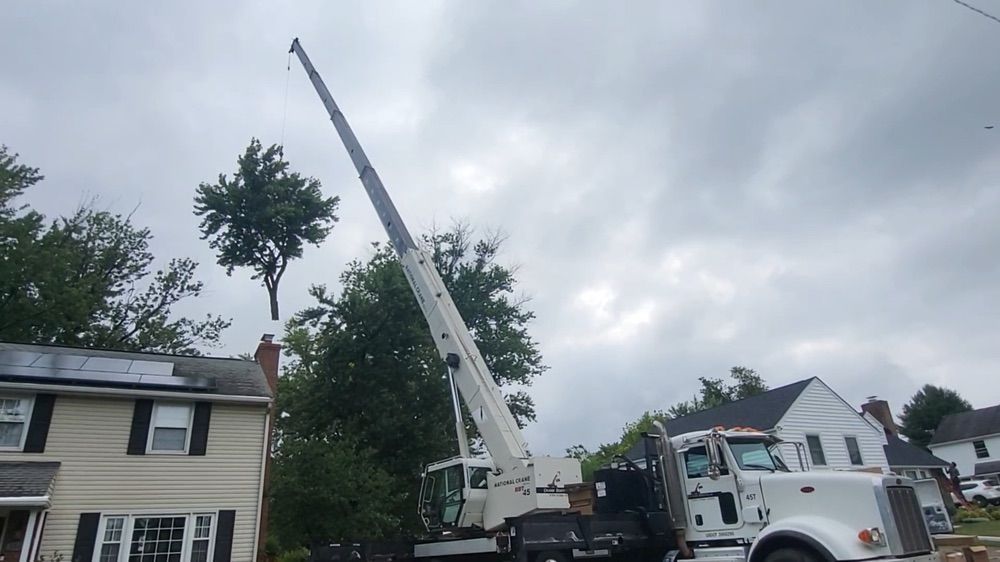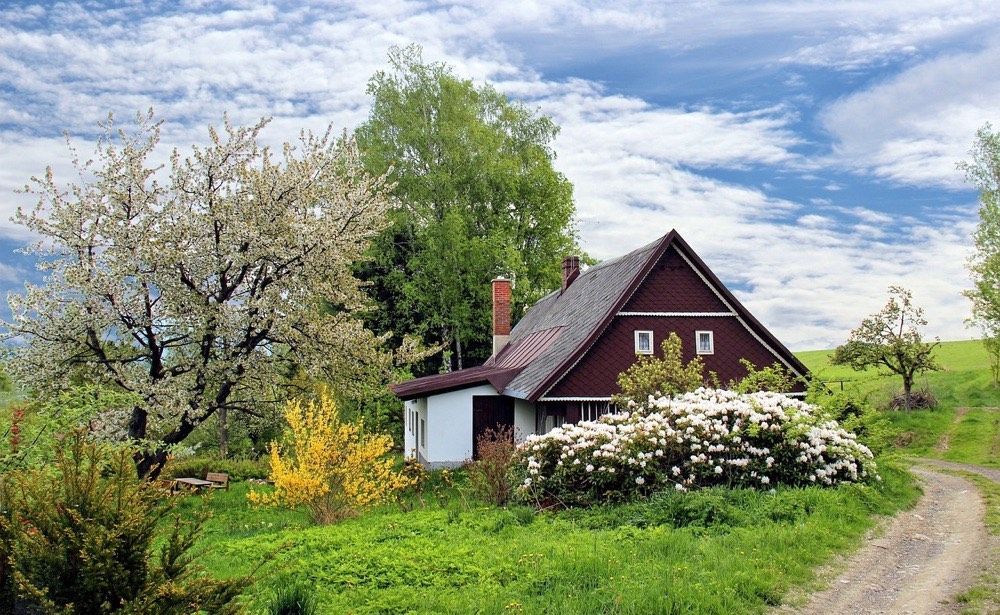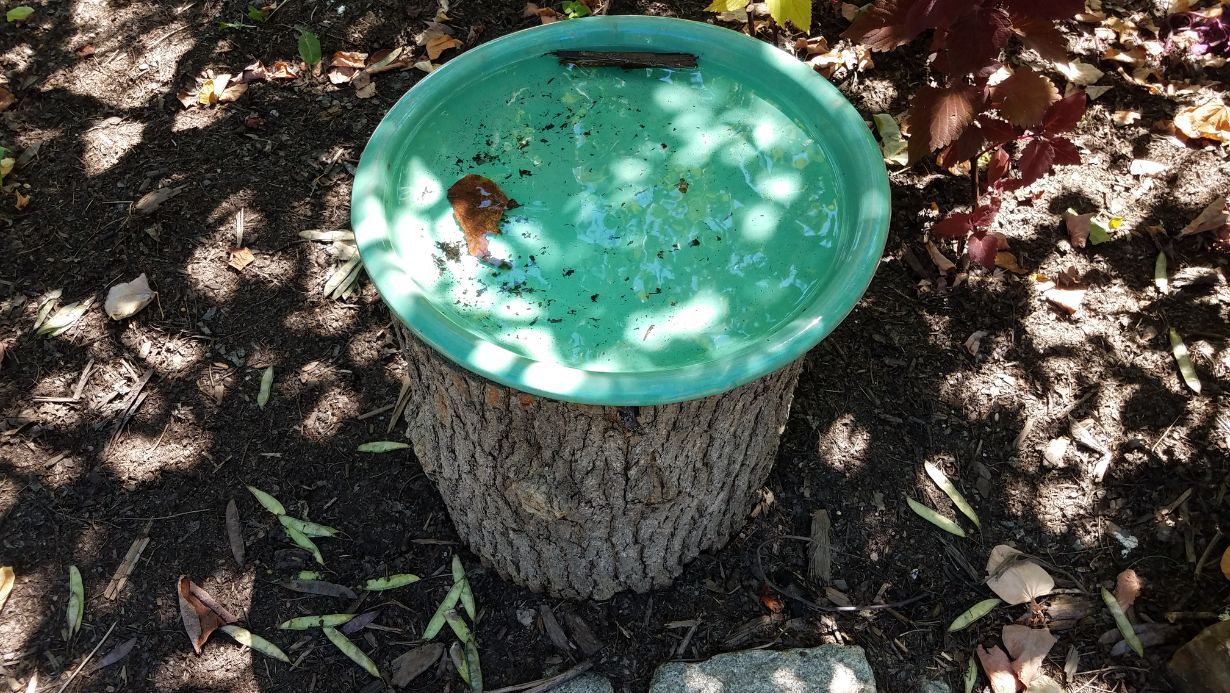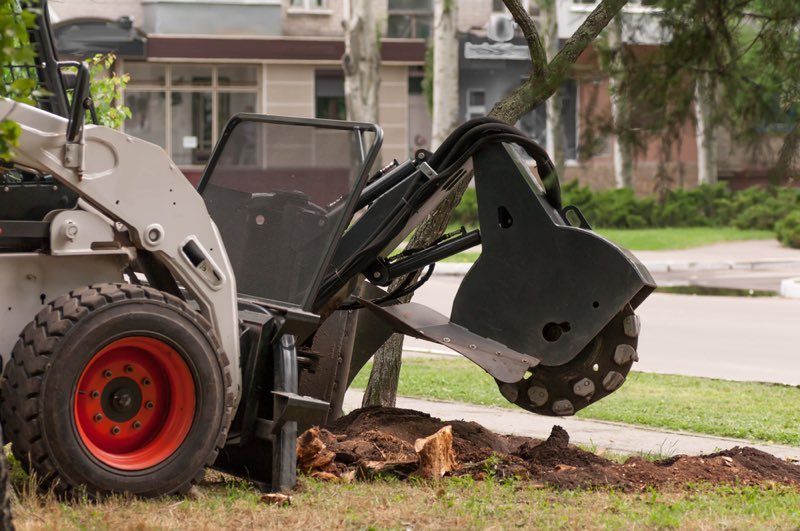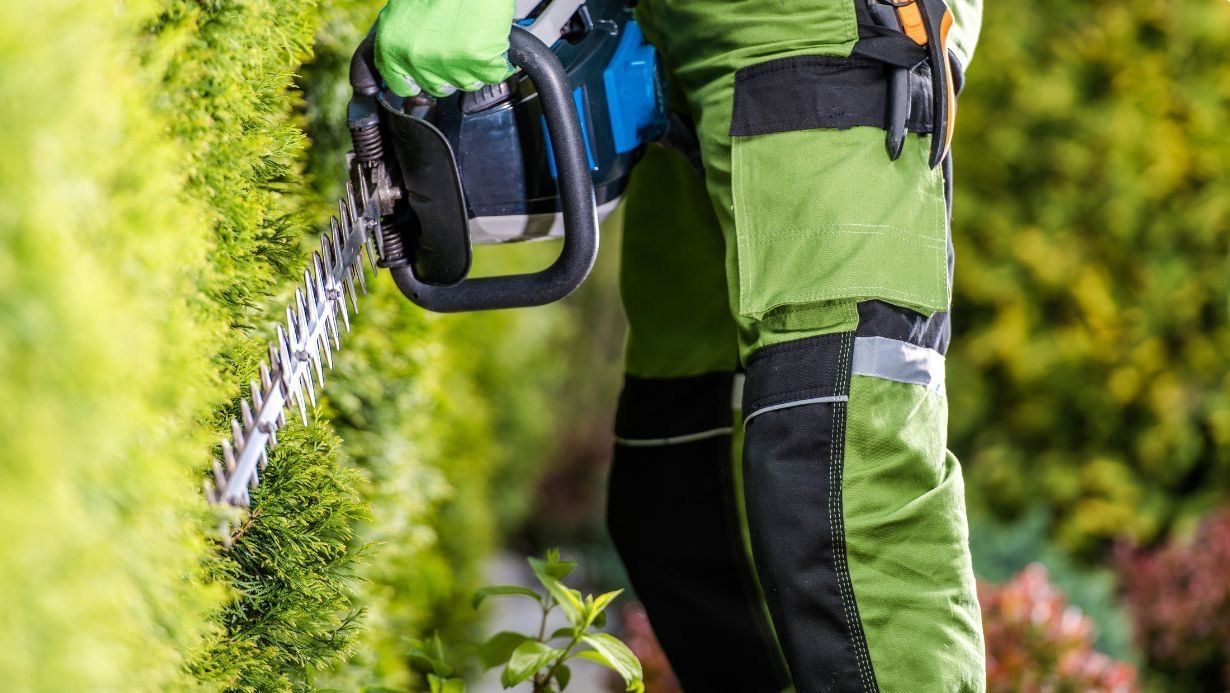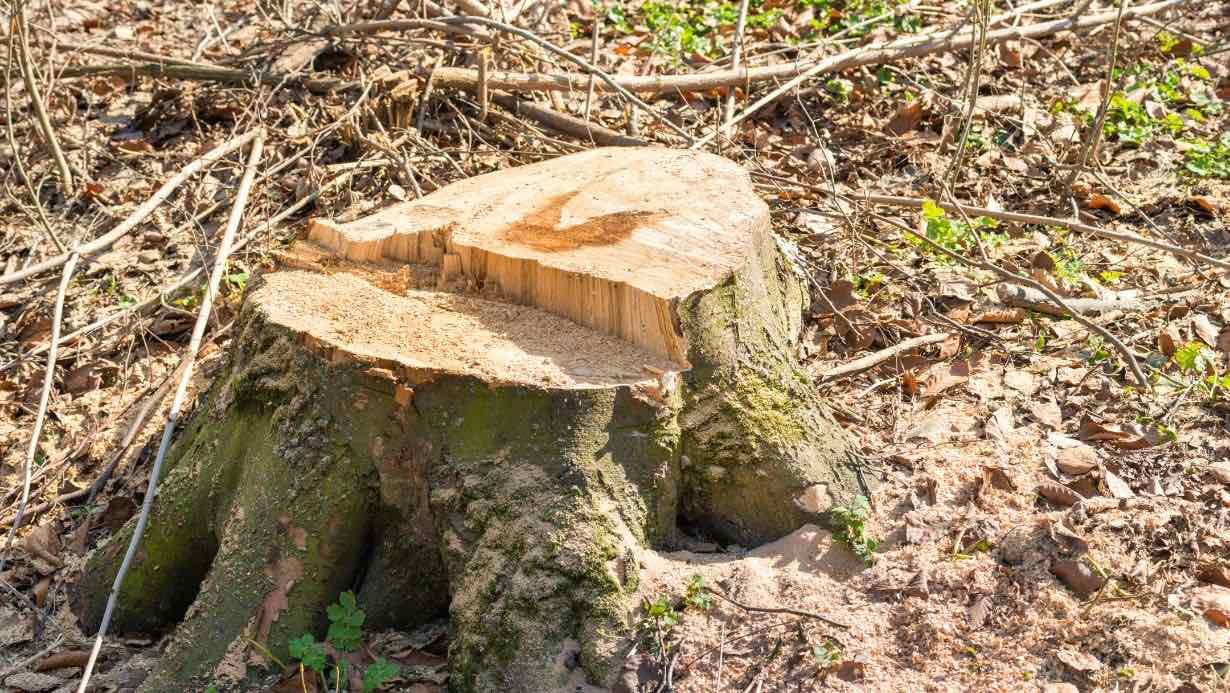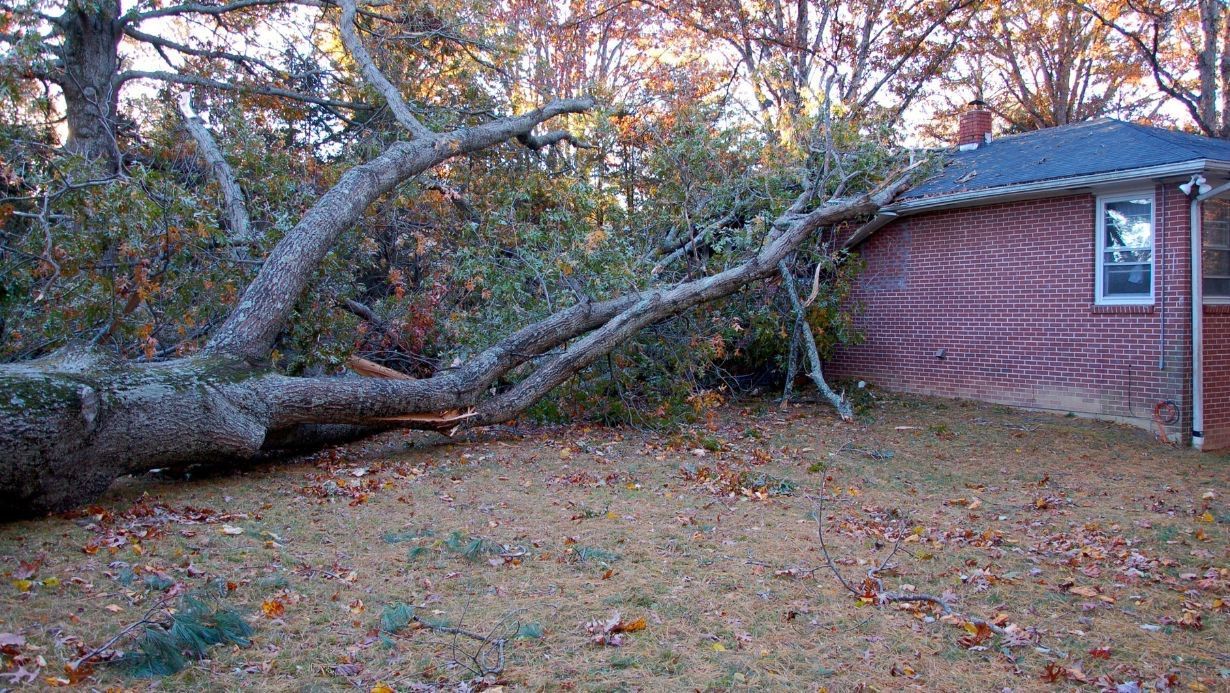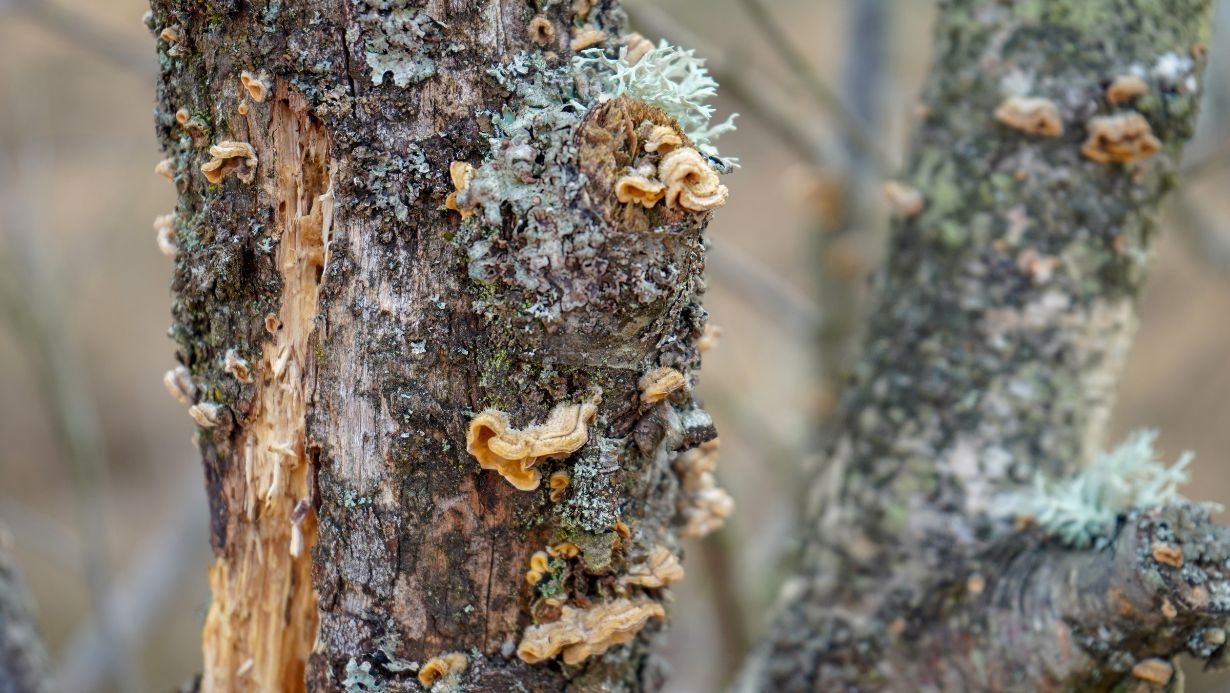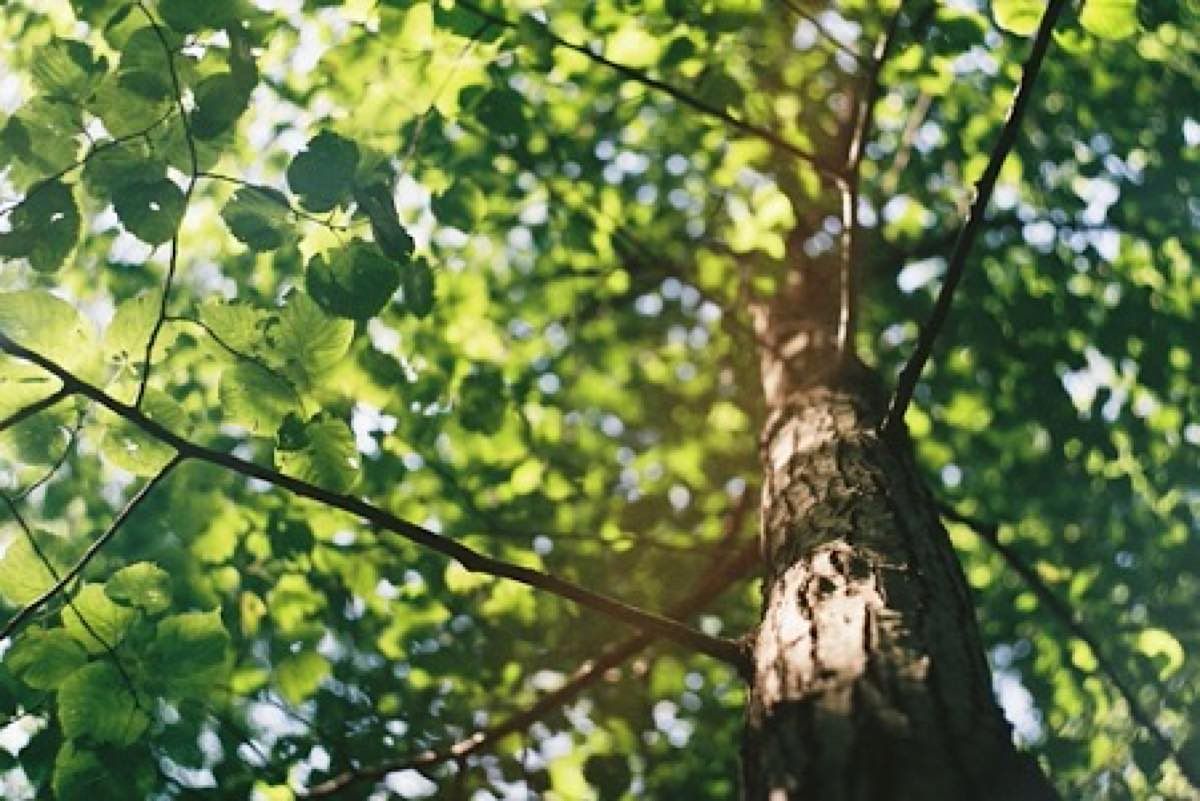5 Common Tree and Shrub Pests and Diseases in Pennsylvania
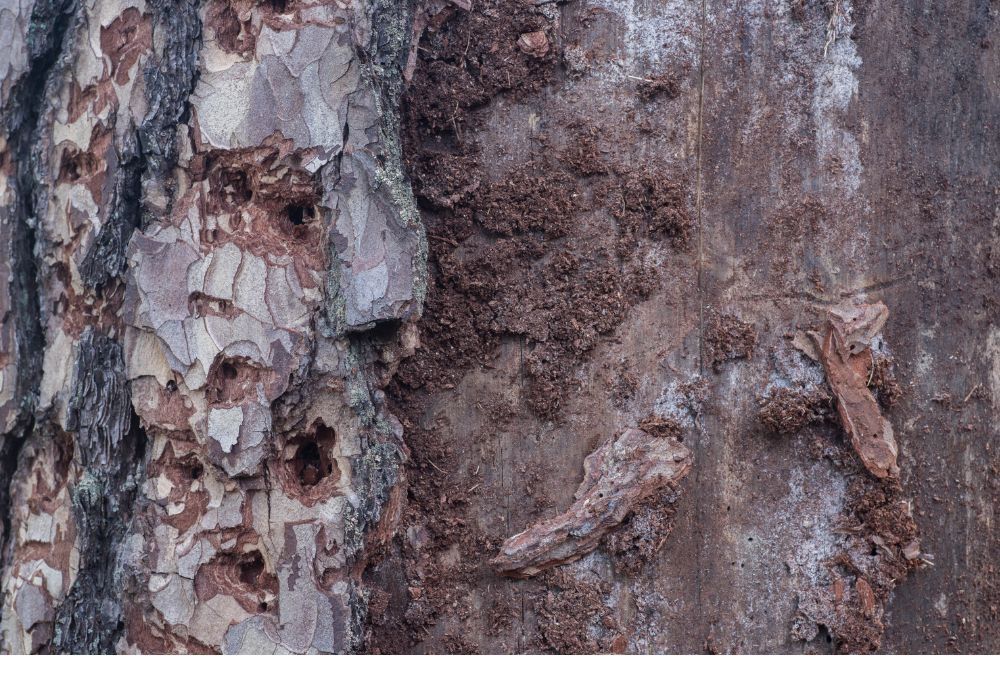
Trees and shrubs are not just a part of your home's exterior; they are an investment that can significantly enhance its curb appeal. However, a sick or dying tree or shrub can quickly turn from an asset to a liability. In some cases, pruning may be an option, but sometimes, the only option is to have the tree or shrub removed.
As a homeowner, you play a crucial role in the early detection of common threats to the trees on your property. Your vigilance can help identify a problem before it escalates into a more significant (and costly) issue.
5 Common Threats to PA Trees
- Emerald Ash Borer (EAB)
Since the EAB (an exotic beetle native to Asia) was discovered in 2002, it has killed hundreds of millions of ash trees in North America (including PA). While the adult beetles merely nibble on the ash foliage and cause minor damage, its larvae feed on the inner bark and limit the tree's ability to transport water and nutrients. Signs and symptoms of the EAB include canopy dieback, splitting bark, and increased woodpecker activity. - Cedar Apple Rust
Cedar Apple Rust is a fungus that requires two hosts – a cedar species and an apple, crabapple, hawthorn, or quince. The cedar host will develop galls that produce orange gelatinized telia horns during rainy spring weather, which are ugly but don't significantly damage the host. The other tree (apple, crabapple, etc.) will develop circular yellow spots on the upper surfaces of the leaves. Cedar apple rust rarely kills a tree, but it can damage parts of the tree and affect fruit production.
- Spongy Moth/ Gypsy Moth
The spongy moth, formerly known as gypsy moth, is an invasive and destructive insect native to Europe. Female moths lay ages on many outdoor surfaces, such as trailers, lawn furniture, and grills, and the caterpillars feed on the leaves of more than 300 species of trees and shrubs, eventually killing them. Infested trees will be partially or entirely bare of leaves.
According to Michigan State University, "Oaks are their favorite host trees, but aspen, apple, crabapple, basswood (linden), birch and willow trees are also highly suitable hosts. As the larvae grow, their list of host trees expands, sometimes including conifers such as white pine or spruces." - Apple Scab
Apple scab is caused by a fungus and infects the leaves and fruit of crabapples, apples, mountain ash, pear, and cotoneaster, causing spots on the leaves and fruit. Although apple scab rarely kills a tree, it can cause all of the leaves to drop by early summer and often makes the fruit inedible. It can also weaken trees, making them vulnerable to other diseases and insect problems. - Anthracnose
"Anthracnose is a general term for a group of diseases on hardwoods that cause lesions on leaves, twigs, and fruits," the North Carolina Forest Service explains. "Generally, these diseases are cosmetic and cause no serious damage to the tree (but there are some exceptions)."
The anthracnose disease is often named for the tree species on which it can be found, such as sycamore anthracnose, oak anthracnose, maple anthracnose, and dogwood anthracnose. Dogwood anthracnose (not to be confused with dogwood spot anthracnose) often results in the tree's death. Symptoms vary, but typically, you'll see leaf lesions in early spring that expand throughout the summer.
Arbor Max Tree Service Offers a Full Range of Quality Tree Removal And Tree Care Services
Arbor Max Tree Service can promote plant health and help protect your trees and shrubs from the stress caused by these and other threats with proper pruning. If a tree dies due to any of these threats, we can safely remove the tree.
Call today at 484-878-8947 or click for a free tree removal or tree trimming quote.

